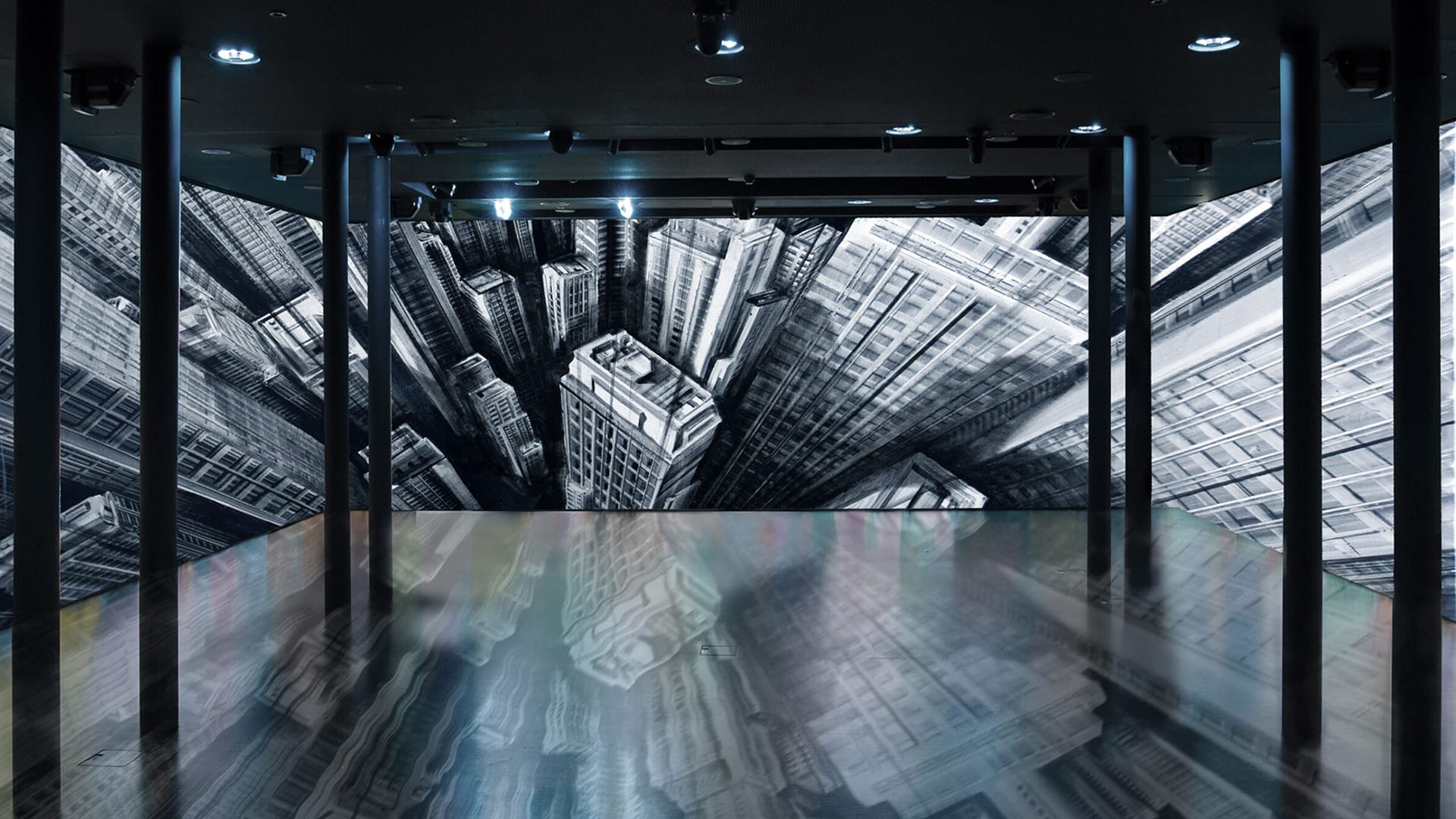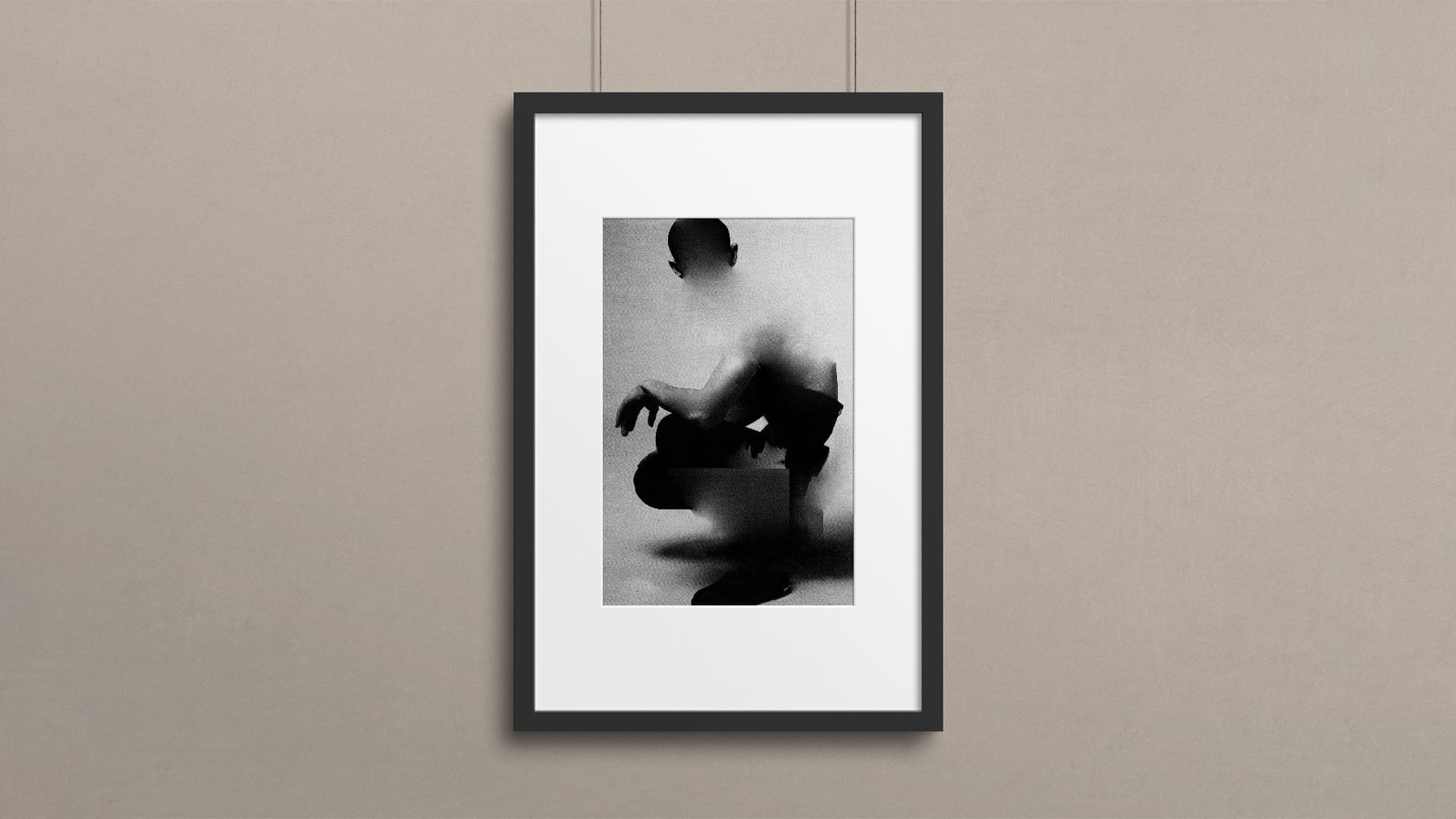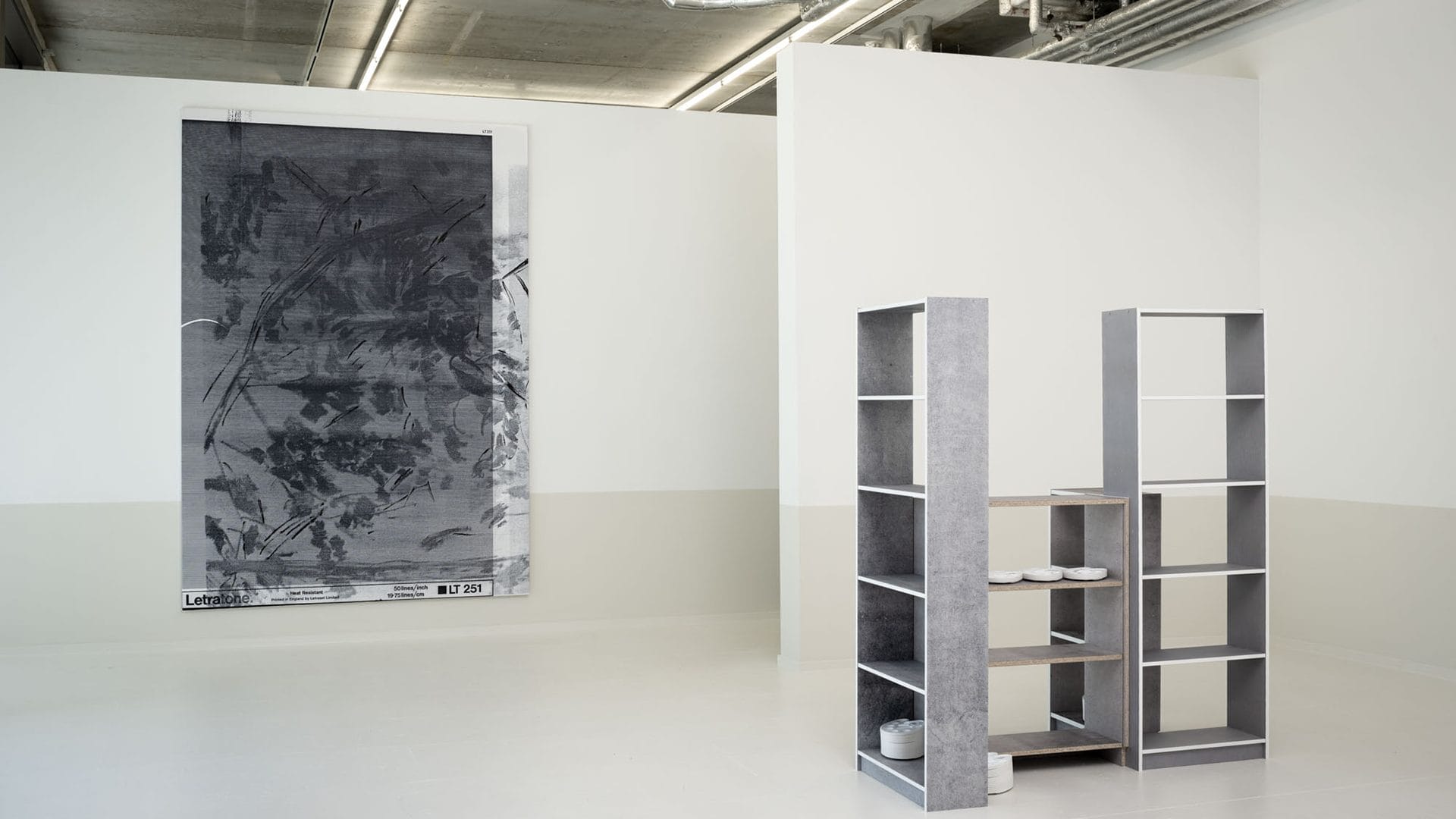
Fabio Giampietro: Dissolving Traditional Art Frameworks
When it comes to contemporary art, Fabio Giampietro stands out for his unique fusion of traditional oil painting with the emerging technology of virtual reality (VR). An innovative blend, which has also positioned him at the forefront of digital art, redefining its boundaries and introducing new paradigms for artistic interaction and immersive experiences.
Giampietro’s work is a testament to the possibilities that arise when classical art techniques meet modern technology. This article explores Giampietro’s artistic journey, tracing his evolution from traditional canvas painting to the integration of VR technology.
A shift in his medium that represents a significant expansion of the artistic canvas — Giampietro’s approach brings together the depth and emotion inherent in oil paintings with the interactive, boundless nature of VR, to create a multi-dimensional art experience.
Reimagining the Canvas: The Transition from Oil to VR
Fabio Giampietro’s artistic path has been shaped by his affinity for both the emotive power of traditional art and the innovative prospects of virtual reality (VR). “The fusion of traditional painting and virtual reality in my work has been a natural evolution,” Giampietro observes, underscoring a progression characterized by thoughtful integration rather than sudden shifts.
His engagement with large, immersive canvases set a foundational base for his exploration into VR, showcasing an early inclination towards interactive art.
In Giampietro’s career, the move towards VR is not just a change in medium but a reflection of his quest to deepen the sensory and emotive engagement of his audience. The characteristics that defined his earlier works—scale, immersion, and viewer interaction—find new expression in the virtual space. This expansion into VR emerges from a desire to blend the tangible textures of oil painting with the boundless, dynamic capabilities of digital environments. As a result, Giampietro’s art bridges the gap between the physical and virtual worlds, inviting viewers to experience a seamless fusion of established and emerging artistic techniques.
Disrupting the Classical: Art in the Age of Technology
As we progress from Giampietro’s initial foray into the integration of VR, we encounter a significant aspect of his work: the dissolution of traditional art frameworks. This shift, as Giampietro himself observes, is both liberating and transformative, especially in the context of the digital art landscape. Highlighting the newfound freedoms and possibilities this shift presents, this evolution in his art signifies a departure from the constraints of physical space and time, propelling his work into a realm where art is not just viewed but experienced in a dynamic, interactive manner.
Giampietro’s exploration into VR and digital mediums challenges the very foundation of traditional art, pushing the boundaries of how art can be created and interacted with. It is not only about adopting new technologies but rather about reimagining the role of the artist and the audience in the creative cycle — Giampietro’s work invites viewers to become active participants, interacting with art in a space where the traditional roles of observer and observed blur.
Converging Dimensions: The Annihilation of Contemplative Distance
In Fabio Giampietro’s art, the conventional distance between the artwork and its observer is not just reduced, it is completely eliminated. This unique aspect of his work is characterized by an immersive quality that directly engages the viewer’s internal realities. “The trigger I often use is the fear of heights,” Giampietro explains, revealing his method for creating a profound, visceral connection between the art and its audience. This approach fosters a dynamic interplay, where the art piece transforms into a catalyst for introspection and emotional reaction.
It is precisely this evocation of vertigo in his art that dissolves the traditional barriers between viewer and artwork. By doing so, he invites the audience to step into the narrative, experiencing the art in a way that is deeply personal and reflective. It ultimately challenges the observer to confront their feelings and perceptions, creating a space where art becomes a medium for self-exploration and understanding. A complete psycho-sensorial experience.
Fabio Giampietro in Conversation with Fakewhale
Following our discussion of Fabio Giampietro’s inventive work, we examine the thoughts and reflections of the artist. In conversation with Fakewhale, Giampietro offers a deeper look into his creative vision, discussing the unique amalgamation of traditional painting and virtual reality in his work, his artistic process, and his forward-looking perspectives on the evolving world of digital art.
Fakewhale: Your art captures the sensitivity of a painter and the innovation of a technologist. Was there a particular moment, a piece of art, or an experience that crystallized this fusion of traditional painting and VR for you?
Fabio Giampietro: The fusion of traditional painting and virtual reality in my work has been a natural evolution, a journey inspired by a convergence of my artistic sensitivity and a deep appreciation for technological innovation. There wasn’t a singular moment, but rather a gradual realization that these seemingly disparate realms could harmonize in a unique and compelling way.
As a painter, I’ve always been captivated by the rich textures and emotional depth that oil on canvas provides. I have always created artworks that play with dizziness and immersion and my huge canvases have always inspired people to interact with the canvas like making pics of themselves pretending to fall into the paintings. That attitude was inspiring. The turning point came when I immersed myself in the world of virtual reality. The ability to transcend physical constraints and invite viewers into a fully immersive experience was a revelation.
Fakewhale: You ventured into VR when it was still a new concept in the arts. Reflecting on those early days and juxtaposing them with today’s landscape, can you articulate the most profound changes you’ve observed, both in the technology and in the way artists approach it?
Fabio Giampietro: Entering the realm of virtual reality during its early stages was a thrilling yet challenging experience. Since then, technological advancements have revolutionized VR, making it more accessible and integrated into artistic expression. High-resolution displays and user-friendly tools and softwares have removed technical barriers, allowing artists to focus on creativity.
The perception of VR in the art world has evolved from novelty to a recognized medium. Institutions and audiences now embrace VR as a legitimate canvas for artistic expression. Early on, artists embraced a pioneering spirit, pushing boundaries. Today, a more established vocabulary for VR art exists, just consider how overused is the world Metaverse that was only a literature concept at the times, emphasizing nuanced exploration of storytelling and emotional impact. The journey from novelty to sophistication marks the maturation of VR as a dynamic frontier for creative expression. Even if I to be honest don’t see many artists trying something different… there is a sort of homologation due to the accessibility of the tools.
Fakewhale: Winning the Lumiere Prize with Alessio de Vecchi wasn’t just a milestone but a testament to the innovative essence of your collaborative work. Could you unearth the layers of emotion, effort, and thought that converged into the creation recognized by this award?
Fabio Giampietro: The effort invested was monumental. Collaborating with Alessio brought together diverse skill sets, perspectives, and disciplines. Countless hours were dedicated to seamlessly integrating traditional oil painting techniques with cutting-edge virtual reality technology. The fusion of these elements required meticulous attention to detail and a relentless pursuit of perfection.
Thought played a pivotal role as we navigated the delicate balance between the tangible and the virtual. Every creative decision, from the selection on how to reproduce the materic feel of the brushstrokes, how to use the hand painted textures to the intricacies of the VR interaction, was a deliberate choice aimed at fostering a cohesive narrative. We aimed to create an experience that not only captivated visually but also resonated emotionally, inviting viewers into a new world where art and technology harmonized.
In essence, winning the Lumen Prize was not just a recognition of our artistic achievement but a testament to the symbiotic relationship between our emotional connection to art, the dedication invested in its creation, and the thoughtful integration of traditional and technological elements. It stands as a milestone, encouraging us to continue pushing the boundaries of collaborative innovation in the ever-evolving intersection of art and technology.
Fakewhale: You’ve transcended traditional artistic boundaries by exploring three spatial dimensions and time in your work. How do you perceive the dissolution of classical frameworks in today’s digital art landscape?
Fabio Giampietro: In today’s digital art landscape, the dissolution of classical frameworks is both liberating and transformative. Artists are free from the constraints of physical space and time, opening up new possibilities for creative expression, ushering in an era where art becomes dynamic and interactive. This evolution challenges traditional notions of permanence and immutability, inviting artists to embrace a more fluid and ever-changing canvas.
Moreover, the digital landscape provides a platform for collaborative and multidisciplinary endeavors. Artists can seamlessly integrate diverse elements, from traditional techniques to cutting-edge technologies, fostering a rich tapestry of innovation. This dynamic shift encourages a more inclusive and expansive approach to artistic creation, where the boundaries between disciplines blur, giving rise to new and hybrid forms of expression.
In essence, the dissolution of classical frameworks in today’s digital art landscape represents a paradigm shift, offering artists the freedom to explore the boundless possibilities of spatial dimensions and time. It invites a redefinition of artistic conventions, embracing the dynamic and interactive nature of the digital canvas to create a more immersive and engaging experience for both artists and audiences alike.
Fakewhale: The interplay between VR and oil painting in your work creates a novel immersive experience. What does the creative process look like?
Fabio Giampietro: I start from the painting, as I will ever do. This phase is the phase of THE PAST (Traditional Art) in my Hyperplanes of Simultaneity project, than I create the VR that is THE FUTURE(Digital Realm), it’s here where I can add a lot of narrative elements and particulars thanks to the possibilities of the medium (a 360 space to add elements, to hide elements like easter eggs, sound and dynamic events). Then from the future I take some screenshots from the VR and I paint them, like postcards from the future in THE PRESENT.
It shocks me to think that I started this project in 2015 and how much all this has actually become part of reality, like a prophecy.
Fakewhale: Your artwork invites audiences to traverse through the nightmares and dreams of your creative mind. How do you craft the psycho-sensorial experiences to evoke a deeper emotional resonance with viewers?
Fabio Giampietro: The fusion of visual elements, textures, and immersive techniques in both traditional and virtual mediums, and overall my live shows that are often presented like a gamification of the experiences, aim to engage the viewer on a visceral level. By carefully orchestrating these elements, I intend to provoke a profound emotional response, inviting audiences to journey through the intricate landscapes of my creative mind and connect with the art on a deeper, more personal level.
Fakewhale: You’ve mentioned that your art annihilates the contemplative distance between the viewer and the artwork. Could you elaborate on how this approach reflects or challenges the inner realities of the observer?
Fabio Giampietro: My art aims to immerse viewers directly in the experience, reflecting and challenging their inner realities. The trigger I use is often the fear of heights, this approach fosters an intimate connection, prompting a reconsideration of perspectives. This creates a portal for a deeper exploration of the self in relation to the artwork, creating a dynamic dialogue between external and internal worlds.
Fakewhale: As you reflect on your artistic journey so far, are there unexplored artistic-technological territories or themes you are eager to discover in your future projects?
Fabio Giampietro: Reflecting on my artistic journey, I am particularly drawn to unexplored artistic-technological territories, and two areas that intrigue me are the realms of generative art and the dimension of sound. Exploring generative art techniques allows me to collaborate with algorithms and machines in the creative process, introducing an element of unpredictability and dynamic evolution into my work.
Additionally, the dimension of sound opens up a new sensory palette for future projects. Integrating auditory elements into the visual experience creates a multisensory narrative, enriching the immersive qualities of my art. I am eager to experiment with the synergy between generative visuals and dynamic soundscapes, creating a holistic and evolving artistic expression that engages the audience on multiple sensory levels.
Seeing and Being: The Transformative Art of Fabio Giampietro
Fabio Giampietro’s fusion of oil painting with virtual reality is not merely a stylistic choice; it represents a significant paradigm shift in artistic expression and audience interaction. His work challenges the traditional passivity of art consumption. This evolution in the art-viewing experience suggests a broader reevaluation of the role of art in society, particularly in an era increasingly dominated by technology.
His approach illustrates how technology can extend the canvas beyond physical limitations, offering new avenues for emotional engagement and narrative depth.
The impact of Giampietro’s work is representative of the possibilities for art in the digital age – a potential that is limitless, interactive, and deeply human.
fakewhale
Founded in 2021, Fakewhale advocates the digital art market's evolution. Viewing NFT technology as a container for art, and leveraging the expansive scope of digital culture, Fakewhale strives to shape a new ecosystem in which art and technology become the starting point, rather than the final destination.
You may also like
PRNTD: The New Standard for Fine-Art Print & Editorial Authentication
Throughout the fine art and editorial sectors, the evolution of authenticity has been a journey from
Contemporary Masters: From Galleries to Blockchain
From Galleries to Blockchain: The Contemporary Blue-Chip Artists who Embraced NFTs With the advent o
Manor Grunewald in conversation with Fakewhale
Introducing Manor Grunewald Born in 1985, lives and works in Belgium. Visit Artist Website Fakewhale




